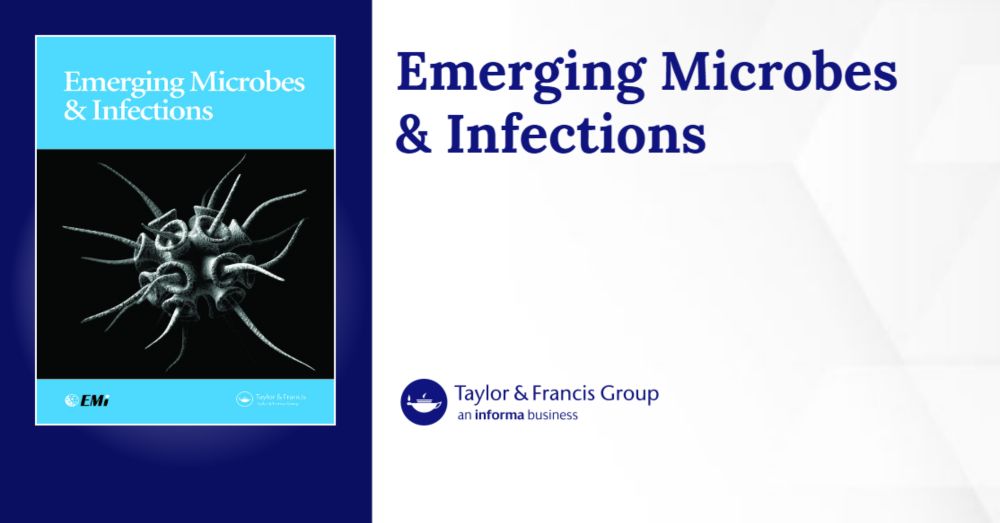Barry Rockx
@barryrockx.bsky.social
300 followers
130 following
37 posts
Virologist studying pathogenesis of emerging zoonotic viruses.
Posts
Media
Videos
Starter Packs
Reposted by Barry Rockx
Barry Rockx
@barryrockx.bsky.social
· May 16
Barry Rockx
@barryrockx.bsky.social
· May 16
Barry Rockx
@barryrockx.bsky.social
· May 16
Barry Rockx
@barryrockx.bsky.social
· May 16

Effect of mosquito saliva from distinct species on human dermal endothelial cell function in vitro and West Nile virus pathogenesis in vivo
During probing and feeding, an infected mosquito injects both virus and saliva into the host skin. The presence of mosquito saliva in the skin increases arbovirus pathogenesis in the bitten host, h...
doi.org
Barry Rockx
@barryrockx.bsky.social
· Jan 23

A pan-orthohantavirus human lung xenograft mouse model and its utility for preclinical studies
Author summary Orthohantaviruses are rodent-borne pathogens that can be transmitted from rodents to humans by inhalation of aerosolized virus-contaminated rodent excreta. While orthohantaviruses gener...
dx.plos.org
Barry Rockx
@barryrockx.bsky.social
· Jan 6
Barry Rockx
@barryrockx.bsky.social
· Dec 21
Barry Rockx
@barryrockx.bsky.social
· Dec 21
Barry Rockx
@barryrockx.bsky.social
· Dec 20
Barry Rockx
@barryrockx.bsky.social
· Dec 20
Barry Rockx
@barryrockx.bsky.social
· Dec 20
Barry Rockx
@barryrockx.bsky.social
· Dec 20
Barry Rockx
@barryrockx.bsky.social
· Dec 19
Barry Rockx
@barryrockx.bsky.social
· Dec 19
Barry Rockx
@barryrockx.bsky.social
· Dec 19
Barry Rockx
@barryrockx.bsky.social
· Dec 5
Barry Rockx
@barryrockx.bsky.social
· Dec 5
Barry Rockx
@barryrockx.bsky.social
· Dec 5
Barry Rockx
@barryrockx.bsky.social
· Dec 5
Barry Rockx
@barryrockx.bsky.social
· Dec 5
Barry Rockx
@barryrockx.bsky.social
· Dec 5
Barry Rockx
@barryrockx.bsky.social
· Dec 5

Experimental monkeypox virus infection in rats
The global spread of Monkeypox virus (MPXV) clade IIb in 2022/2023 raised concerns about spillback into new animal reservoirs. Experimental inoculation of rats with MPXV resulted in skin lesions and v...
doi.org





